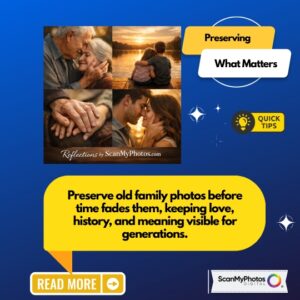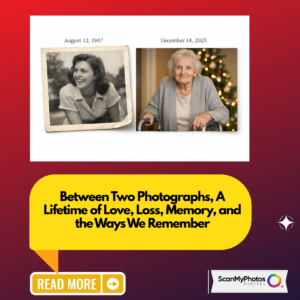Automatic exposure settings certainly make the photography experience easier, but for those looking to take more creative control, manual exposure is the way to go. Manual settings can be beneficial in several photography environments and situations where the goal is to create an image greater than the average assigned in auto.
With more and more camera brands and models offering advanced automatic settings for getting the “perfect” picture, some enthusiasts might argue that photography is losing its artistic vantage. Today’s cameras offer multiple settings to satisfy both amateurs and veterans, but anyone can benefit from choosing to use the manual modes. The manual setting (M) gives the photographer much more control over the finished product. In contrast, an AV mode or semi-automatic mode uses a camera-selected aperture and shutter speed to produce a standard shot. While less likely to “mess up” the shot, letting the camera designate the aperture and shutter speed gives you a sort of stock image that proves far less creative or personalized.
Learning to shoot with a manual exposure selection allows you to craft your own end goal for the photo. Taking control of the image yourself by using the manual mode means you can achieve one step further than the photo the camera is willing to risk. It can result in something much more artistic and individualized. Certain unique lighting and environmental situations can be enhanced by using manual exposure instead of an automatic mode.
Night Shots
The moon provides a neutral, white light for taking photos, but choosing to shoot in manual gives you more freedom over the final image. The reduced lighting of shooting in a manual setting after dark can work to your advantage to craft creative shadows and a more interesting impact. A photographer can use the moon to their advantage to illuminate their subject.
Flash
Using flash while adjusting apertures and shutter speeds creates an entirely new number of options for an image. Manual exposure allows you to develop a range of sharpness while utilizing different combinations with the flash.
HDR
Manual settings can work wonders for shooting in high dynamic range. Adjusting your settings in the manual function when shooting HDR allows these images to pop even further, with increased three-dimensional definition and vivid detailing. Every line comes to life, every texture pulled from flat and one-dimensional to its proper shape.
Panoramas
Panoramas combine multiple images into one larger picture, so to maintain the exposure through each, manual settings provide the most consistency across every snap. Manually locking in the white balance, aperture, shutter speed, and focus is vital to stitch together the shots properly. If you let the camera automatically select these for each angle, they could end up varied and fail to produce a seamless result.
Over/Under Exposure
For artistic images where the photographer prefers a purposeful overexposed or underexposed image, manual settings are the only way to achieve it. Automatic settings aim to eliminate these “mistakes” in every changing setting, but manual mode puts the power to alter an image in either direction in the photographer’s own hands.




